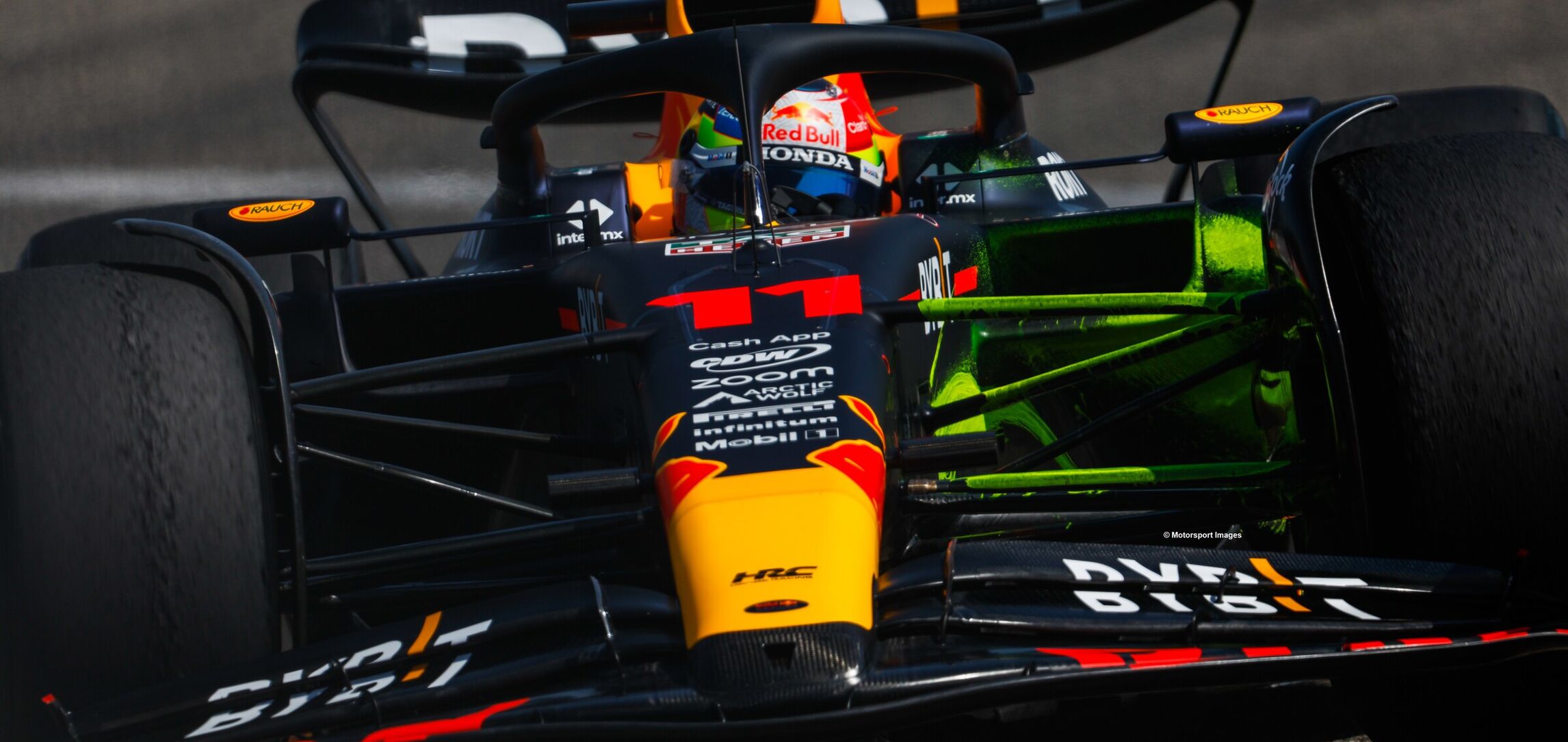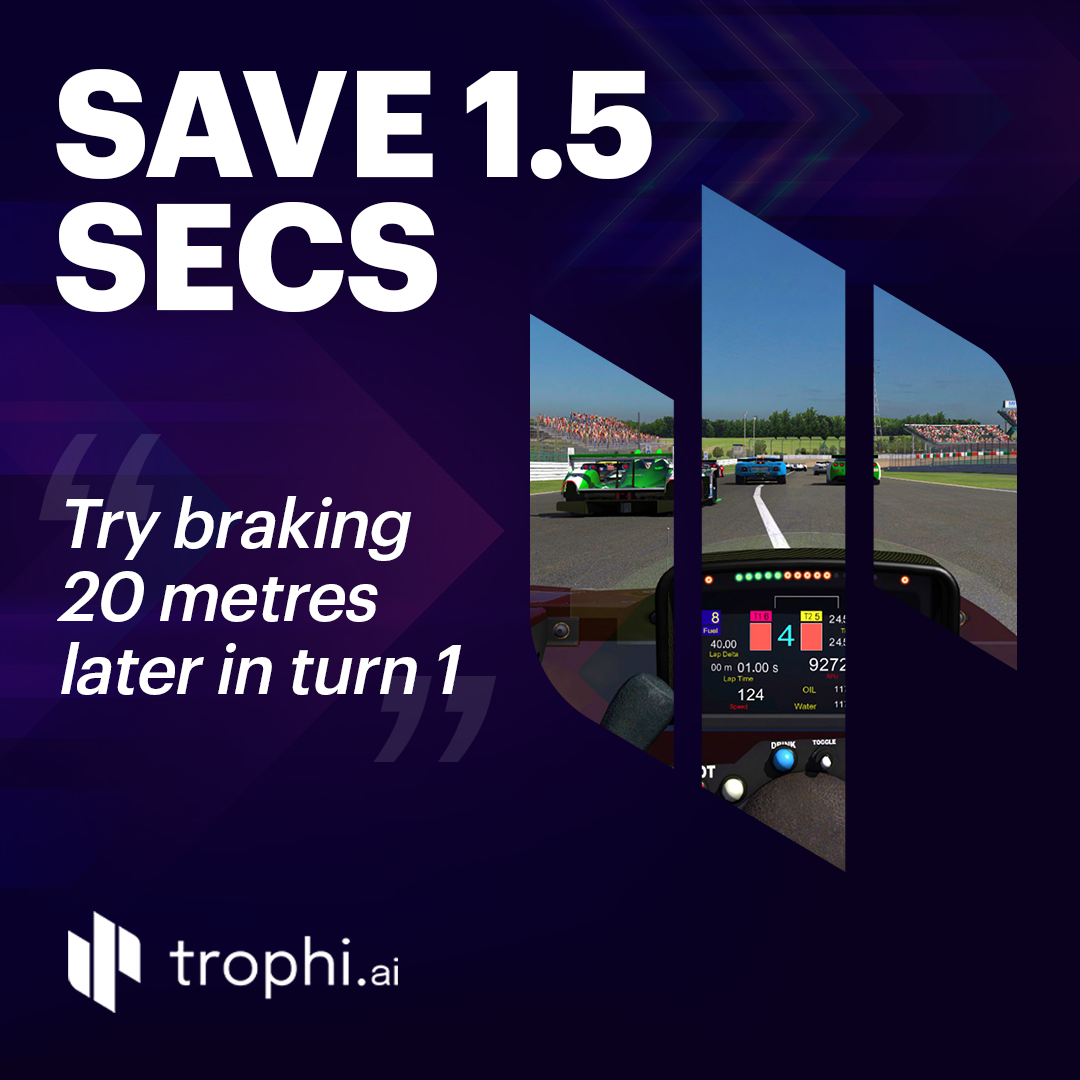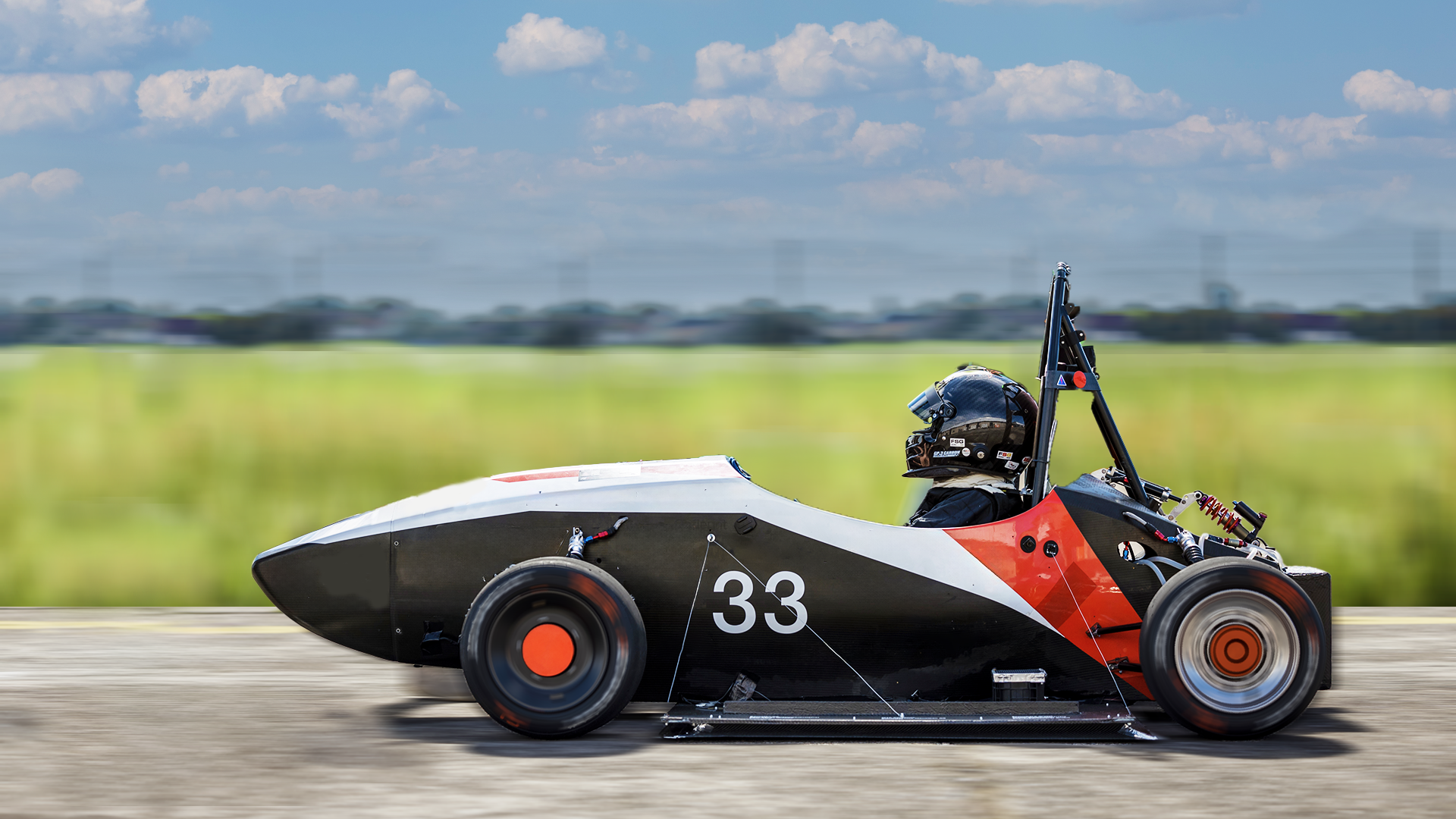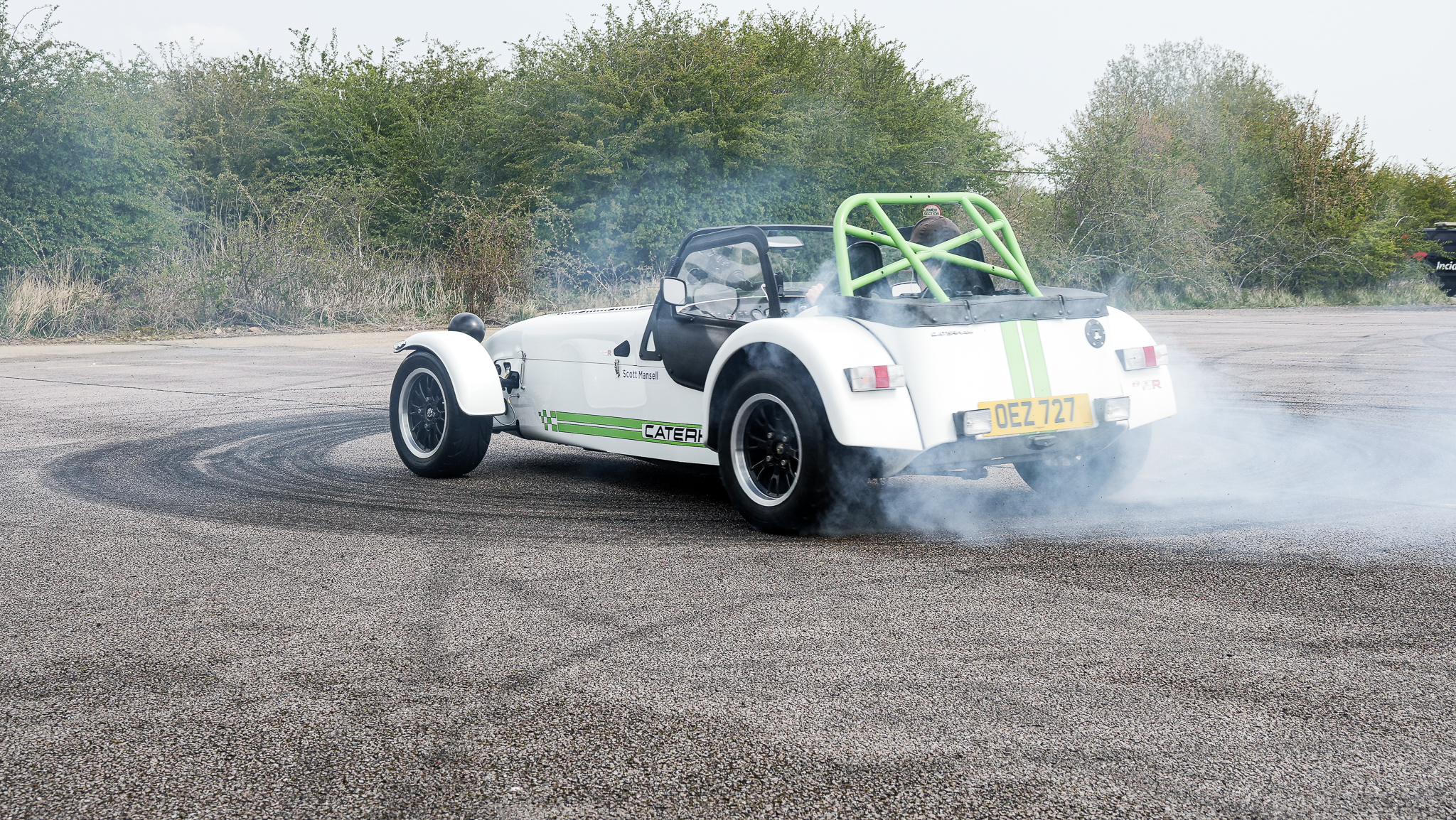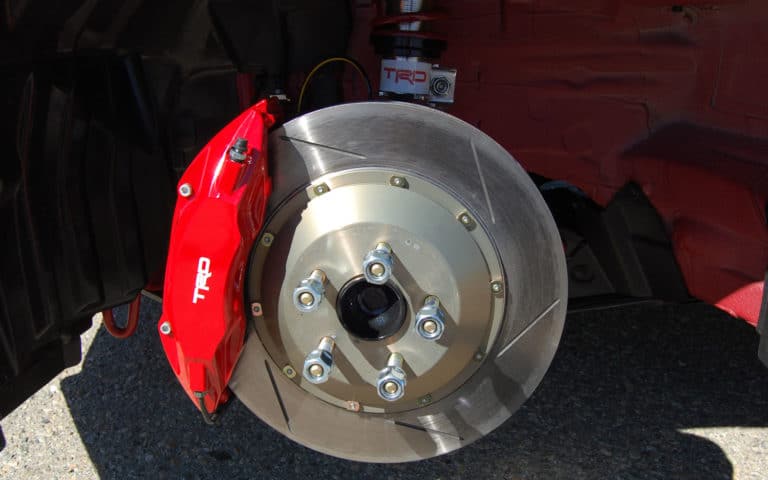Making the Most Out of Your Track or Test Day
Drivers will spend more time testing and on track days than they will racing.
For obvious reasons testing is necessary – it’s the time in which we have the opportunity to learn about our driving, the car and circuit we’re circulating.
Drivers will spend more time testing and on track days than they will racing. For obvious reasons testing is necessary – it’s the time in which we have the opportunity to learn about our driving, the car and circuit we’re circulating.
Any time on track can be expensive, and often limited, so it’s critical that we use this time as efficiently as possible. All too often I see drivers wasting their valuable track time and then be unprepared for race day.
This tutorial will outline how to define a goal for your day, plan it to be as efficient as possible and how to improve your technique and/or car throughout your test day.
Testing and Track Day Formats
In recent years, drivers and teams have started using track days (in Europe at least) as test sessions for full race cars. The reason being that there are many track day dates available and they’re usually somewhat cheaper than test days.
Aside from possible safety issues, trying to run a test program on a track day is almost useless. The whole point of track days is for beginner drivers to enjoy their road or track day toys on a circuit – not for a professional to test a GT3-spec racer.
In the end, having race cars on track days spoils it for everyone. The track day drivers can be intimidated by the race cars, and the race drivers are annoyed by being held up at every corner and not being able to complete a clear lap (thanks to their slicks and extra 300 bhp).
So, if you’re going to run a test program, use a test day.
In the UK, we have a few different types of test days:
Open pitlane – be on circuit when and for as long as you want
Sessioned – be on circuit only in your designated session
Semi-exclusive – around 12-20 cars will share the track in an open pit lane format
Full-exclusive – you have the circuit to yourself
It’s always better to have the circuit to yourself, but the financial outlay of exclusive circuit hire is impossible for most drivers.
Sometimes, you can get lucky on an open pitlane or sessioned test day, where there aren’t too many cars, but other times they’re as busy as track days.
For me, semi-exclusive test days offer a good cost-to-valuable-track-time ratio. With a lower limit to the number of cars on the day, you’re sure to get lots of quality laps (where you won’t be overtaking/being overtaken) and you’ll be able to focus on your test program.
Have a Plan – What’s the Goal of the Day?
It’s important that you discuss with your team and driver coach what’s the goal of your test day before you arrive at the circuit. You should never arrive at the track “just to do some laps”.
This will lead to an ineffective use of track time and less improvement than you might hope to see.
So have a think, what’s the priority for you, your car and your team? Here’re some questions you might want to ask:
- Do you need to learn the circuit?
- Do you need to work on driving technique?
- Does the team want to test any mechanical parts?
- Do you feel you need to work on setup?
- Are you preparing for a race weekend?
- Do you need to run a qualifying or race simulation?
If you’re working towards a race weekend, you’ll also want to keep in mind if/when you use a new set of tyres. New tyres will usually increase overall grip levels and can change the balance of the car, so it’s important to note these changes when you use new boots.
The team will also be refuelling the car throughout the day – changing the overall weight of the car. It’s important to be mindful of these changes too, as it’ll affect handling.
The First Laps of Your Test Day
The first laps you complete on your test day are important as it’s likely that you and your car haven’t been out on the circuit for some time.
These first laps should be used to check the car’s systems, bring yourself up to speed and check the circuit conditions.
You’ll need to know a few things from the team and follow the following procedure:
- Do you need an installation lap? – a lap where you drive quite slowly and then return to the pits so the team can check for mechanical issues.
- Do you have new brakes? – perhaps they’ll need ‘bedding’ in
- Is there anything else you need to check with the car?
- Bring the tyres up to temperature – there’ll be a tutorial later in the series about how to warm tyres properly
- Warm the brakes – some brakes need to come up to temperature gently (so not to glaze them) and carbon brakes need lots of temperature before they work at all!
- Once you’ve been circulating for a few laps you’ll want to check the water and oil temperatures to ensure they’re within the required window
- Start to make the car work and feel where the limit is (for more about how to find the limit quickly, see this tutorial)
- Once you’ve started to get the car working, it’s time to get your head down and begin to put some laps together
- The first session is important to set a base time/data for the day, so make the most of it!
Once you’ve finished the first session, it’s time to head into your program and focus on whatever you need to for your test day.
For reference, here’s an example plan I recently used with one of my race drivers:
SESSION 1
- Installation lap (one lap and return to pits, team to check car)
- Bring tyres and brakes up to temperature
- Spend remaining time getting up to speed as quickly as possible and set a datum lap
BREAK
- Speak with driver coach about feeling of the car and circuit
- Watch data video to check for any technique issues
SESSION 2
- Work on entry to the high-speed corners – think about vision and bleeding off the brakes (areas of weakness for this driver)
- The last seven minutes of the session are for the driver coach to drive and set a datum lap
BREAK
- Discuss whether the driver thought his high-speed entry had improved
- Compare data of driver and coach
- Discuss setup and balance
- Make a ride height adjusted due to slight understeer
SESSION 3
- Work on gap between driver and coach
- Consider if setup change is beneficial
- Continue to work on high-speed corners
BREAK
- Discuss setup change
- Discuss high-speed corner technique – is the driver conscious of his inputs
- Compare data to see if driving and setup have improved
- Adjust ride height even more, as previous change wasn’t enough
- Discuss the following session plan
SESSION 4
- Think about setup change
- Continue to focus on high-speed corners
- Pit midway through the session to change to new tyres
- Second half of session is a qualifying simulation – driver to push as much as possible and think about how new tyres affect balance
DEBRIEF
- Driver to explain how new tyres felt – if grip increased and how balance was affected
- Look and data and video
- Discuss any other issues
Use a Driver Coach for Maximum Efficiency
As you can see in the testing program example above, I mention a driver coach (me in this case) very regularly.
Put simply, if you want to progress as a driver as quickly as possible, you need to use a driver coach. A good coach will be fast in his own right, have many years experience in a range of cars and will be clear in his explanations of driving and setup.
While hiring a good coach for the day can be expensive, he’ll get you up to speed efficiently. By using a driver coach, you’ll become faster more quickly and with the high cost of running a car on track, you’ll actually save money.
One of our next tutorials talks about how to find a good driver coach and how they can benefit you, so I won’t go into it too much here, but they really are worth using – ask any amateur driver who’s been racing for a couple of years.
Make Notes After Each Test Session
Aside from the use of a driver coach and data analysis, I strongly recommend making notes about your driving, the car’s balance and the circuit after each session.
The simple process of consciously thinking about each of these areas and writing it down will help you as a driver.
Again, one of our following tutorials will talk about how to use this technique properly, but for now try to think about a few of the following:
- Braking points
- Apexs
- Bumps
- The car’s balance
- Overall grip levels
- Areas for improvement
Don’t Drive too Much on Your Test Day
With the amount of concentration required to drive at the limit, it’s easy for drivers – especially beginners – to run out of steam before the day is over.
The session and day length can vary between drivers, but I would recommend keeping test sessions to a maximum of 20 minutes (unless you’re running an endurance race simulation).
By the 20 minute point, most non-pro drivers are beginning to tire and make mistakes. Also, if you can’t achieve what you’re trying to – whether it be tweaking technique or feeling a setup change – within 20 minutes, you need to come in and give it more thought anyway.
As your circuit driving becomes faster and you’re driving at the limit for more of the day, you’ll likely become fatigued earlier in the day.
For example, when some of my drivers have been pushing hard in their morning sessions, they’ll probably only complete one session in the afternoon – to attempt another session would be at best unproductive and at worst unsafe.
The time to stop – whether it be in a particular test session or the day as a whole – is when you feel you’re making ‘silly’ mistakes or begin to lose your consistency.
When you feel like you aren’t making any further progress, it’s much better to save wear on your car (or a possible shunt) and call it a day. That final session of the day where you, and other drivers, are exhausted is always the most dangerous.
Summary
Testing as efficiently as possible is critical to how quickly you’ll improve your track driving – and how quickly you’ll use your budget – so ensure you make the most of each day.
Before you begin, have a well thought out plan which you’ll need to discuss with your team and driver coach.
During your first laps, check the car’s OK and then get up to speed as quickly as you can, setting the important datum lap that will be the base for the entire day.
Utilise your driver coach, as he should be a consistent measure of your performance between sessions and test days. Use him to be sure you’re continually progressing with your technique and the car’s set up.
And finally, be sure not to do too much driving. Lapping with a frazzled brain equals little or no progress, mistakes and possibly a damaged car.
Thanks very much for reading and as always, if you enjoyed this tutorial please share. I’ll see you next week, Scott.


